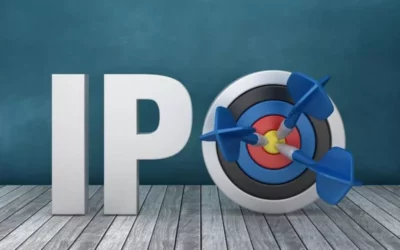Analysis of the state of the Nation’s economy in the Covid-induced slump, through examining what the statistics suggest and what lies ahead for the country’s economy
Our nation has experienced two massive waves of the Covid 19 in a span of one year, while the virus continues to make way through its second year of surge. As Covid control measures take over the normalcy of life and the market, it is of no doubt that this has directly determined effects on the economy of states and the nation alike. Strict measures had halted most economic activities, while many lost jobs and their revenue sources. The waves of curfews and lockdowns have disabled mobility to a great extent while numbers show a massive fall of more than 50% in industrial production as factories had to stop operating. As many as 2.27 crores of Indians lost their jobs amid the second wave with employment rates shooting up to 11.9%- the highest it had been in the past year. The market yet suffers the direct effects of the 97% of the households of the country who have marked a decline in income since the beginning of the pandemic in the last year. To add to this, the working age population in the market and the labor participation rates has also seen a drop. The fact remains that the pace of the spread of Covid is much greater than what the country has even witnessed before or predicted as future events of economic shocks that it could bring under control.
The government estimates for the year 2020-21 have been brought to light this Monday, unveiling a massive drop of 7.3 % in the country’s GDP for the year. This was the biggest dip in the country’s history, which has seen nearly five major recession phases in the past all of which directly targeted the agrarian sector with natural calamities like droughts or flood. When I decompose these numbers and data, we will see that almost all sectors individually have hit their bottoms by the Covid induced slump. Exceptions only include some utilitarian services like food, water, electricity or fuel (gas) which have been able to keep up with numbers but yet suffered with huge issues of shrinking demands, lack of liquidity funds, debts and manifold disruptions in the supply chain. The sectors of tourism, travel, hospitality or communications which were on the forefront to economic growth in pre-Covid India have hit their record lowest now with an estimated 18.2% of contraction. Small scale businesses have been the worst victims to the circumstances with constant struggle for funds to meet their expenses amid a flickering hope of a future market revival.
A positive 1.6 % growth in the last quarter of the financial year had been one ray of hope that promises for the delicate post-Covid recovery for the economy. However, the country has been still fighting its way to move past the peak of Covid cases today, which indicates that we have a considerable time to stand by till the economy’s graph starts to climb back. Another phenomenon that needs attention now is the rising inflation in the country that seems to be a posing threat to market recovery. The trajectory in commodity and fuel prices have been constantly fluctuating and rising at par, all across the globe. This has indefinitely made way to the domestic Indian markets, while I can deduce how these numbers do not show any intent to drop even in the months to follow. The non-food and fuel commodities mark a worrying data of over 5% inflation in the country. India’s retail inflation has managed to come down to 4.3% from the 5.5% in March of 2021 if we consider the consumer price index. The situation is yet uncomfortable for the market can expect a strong likelihood of these figures to inch up again. We have medicines, pharmaceuticals and an additional big group of consumer goods that have marked a rise in their Maximum Retail Prices. Highlighting upon this particular phenomenon, I ought to bring to notice how MRPs have been the most inflexible figures to consider in inflation, for once they go up there is a very low likelihood of them dropping back again. The most concerning hike has however been in the rates of healthcare services with private hospitals increasing prices per beds, for services, resources and care units amidst the massive pandemic outcry of medical attention.
While the Reserve Bank of India states its hope with India’s economic revival from the world crisis, it attends to how the second wave of the pandemic has not been as damaging to the economy of the country, as the first wave was. To be able to mitigate these impacts that the country sees today, there however ought to be a possible post-Covid times that India needs to level to. This crucial period require more efforts to strengthen our existent health infrastructure to bring the pandemic in control. Government efforts in extend low-interest loans to businesses to aid recovery have been one measure that has eased circumstances for many industries across the country. This is the time that we are to anticipate a restructure of our growth strategy where more funds have to flow into the economy to harbor the crash in liquidity expenses that almost all businesses collectively suffer with. MSMEs constitute almost 2/3 of the GDP of the country, so it is important to back these small and medium businesses as part of the economy revival from Covid. The structure of revival ought to be holistically more focused towards the domestic, the empower the employers to be able to run businesses and hire hands, to be producers of goods and services more than consumers as a country and to bring to action the roots of an “Aatma Nirbhar Bharat”




